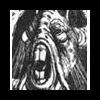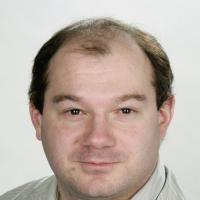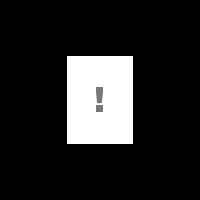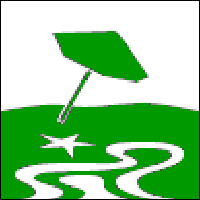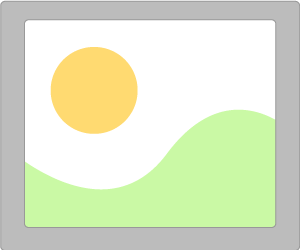Wpisy: 7
Język: English
Oŝo-Jabe (Pokaż profil) 22 sierpnia 2008, 02:12:16
eb.eric (Pokaż profil) 22 sierpnia 2008, 05:17:14
Oŝo-Jabe:How should phone numbers be represented for Esperanto. Using the system 123-456-7890 or 12.34.56.78.90, or something else entirely?Wouldn't it just depend on the country you're in?
EL_NEBULOSO (Pokaż profil) 23 sierpnia 2008, 19:46:32
I (and many Austrians) write a phone number like this:
national: 01234/567 899 (area code/phone number with spaces, never more than 3 or 4 digits without a space)
international: +00xx-1234-567 899
or: +00xx-1234/567 899
If we tell somebody, usually we group the number into combinations of 2 or 3 digit parts. For a foreign language, I would suggest always pairs of numbers since it is easier to understand them.
Gerald
mnlg (Pokaż profil) 24 sierpnia 2008, 10:58:05
Metsis (Pokaż profil) 15 listopada 2017, 11:31:41
 ITU has published a recommendation for numbering plan E.164 that describes, how the numbering should be done. Although E.164 was originally aimed for ISDN use, it is nowdays a general recommendation for all telecommunications numberings.
ITU has published a recommendation for numbering plan E.164 that describes, how the numbering should be done. Although E.164 was originally aimed for ISDN use, it is nowdays a general recommendation for all telecommunications numberings.To put it shortly, the international format is
+<cc>-<ndc> <sn>
and the national format is usually
(<ndc>
 <sn>
<sn>where
+: indicates operator code, i.e. which operator you want to use
<cc>: country code, 1–3 digits
<ndc>: national destination code
<sn>: subscriber number
While indicated with a plus sign only in the international format, the selection of the operator code also applies to the national use. However, the operator code is not necessary, if the local legislation permits selection of a default operator. In practise the default operator is nowdays your mobile phone operator, and thus omitted.
The national destination code (area code) is optional and some countries don't use it. These usually begin with a zero, which you drop in international usage, The parentheses in the national format indicate that you don't need to select the area code, if you are calling within the same network. However, this again depends on local circumstances, in some countries you must always select the area code. In such cases the parentheses are often omitted, because there is no optional part.
An extension of that numbering plan is applied to mobile phone numbers. Mobile phone operators have each their own "national destination code" which you must always select. This is not to be mixed with the operator code above. The former indicates the operator which you are using to make the call, while the later indicates the operator that has provided the subscriber number.
In international usage it is recommended to use the "group-in-threes" schema (for lack of a better name) for the subscriber number. In national usage you can use national formatting, but in many countries one follows the same schema to be consistent. The basic principle in the schema is that digits are grouped in groups of ,eh, three. I also think that no digit should be alone.
The schema goes:
4 digits*: 1234
5 digits: 12 345
6 digits: 123 456
7 digits: 123 4567
8 digits: 12 345 678
9 digits: 123 456 789
10 digits*: 123 456 7890
11 digits*: 12 345 678 901
12 digits*: 123 456 789 012
13 digits*: 123 456 789 0123
14 digits*: 12 345 678 901 234
*: I'm not sure, I have never seen such short or long subscriber numbers.
Note, the digit groups are separated by non-breaking spaces, i.e. no line-wrap between them
In all cases the maximum length of the full number is 15 digits. It follows from the numbering plan that the maximum length of a subscriber number is 14.
IMHO, when targeting international audience, one should follow the international formatting. No matter in which language one writes. This applies to date and time expressions as well, so only ISO-formatted datetimes. For instance I'm writing this at 2017-11-15 13:35 (my local time). Yes, I am a nerd

Roch (Pokaż profil) 17 listopada 2017, 06:36:39
Metsis (Pokaż profil) 21 listopada 2017, 11:55:00
- You could use E-o letters, but since there is no letter for the digit 1, the button has no alphabetical label, you need to replace it with something, like nenio. So, 123 456 → nenio a do go jo mo.
- Group the numbers in three and convert them to hexadecimal notation. So, 123 456 → 7B 1C8.
- Use the position of the first occurrence of the digit in the decimal part of π. So, 123 456 → 1st 6th 9th 2nd 4th 7th, or shortly 169 247.
- Of course there are people that use offset rather than the position for the above. So, 123 456 → 058 136.
- Use Klingon. So, 123 456 → wa' cha' wej loS vagh jav or write them using the Klingon numerals. (What is the markdown format for images here in Lernu?)
...

